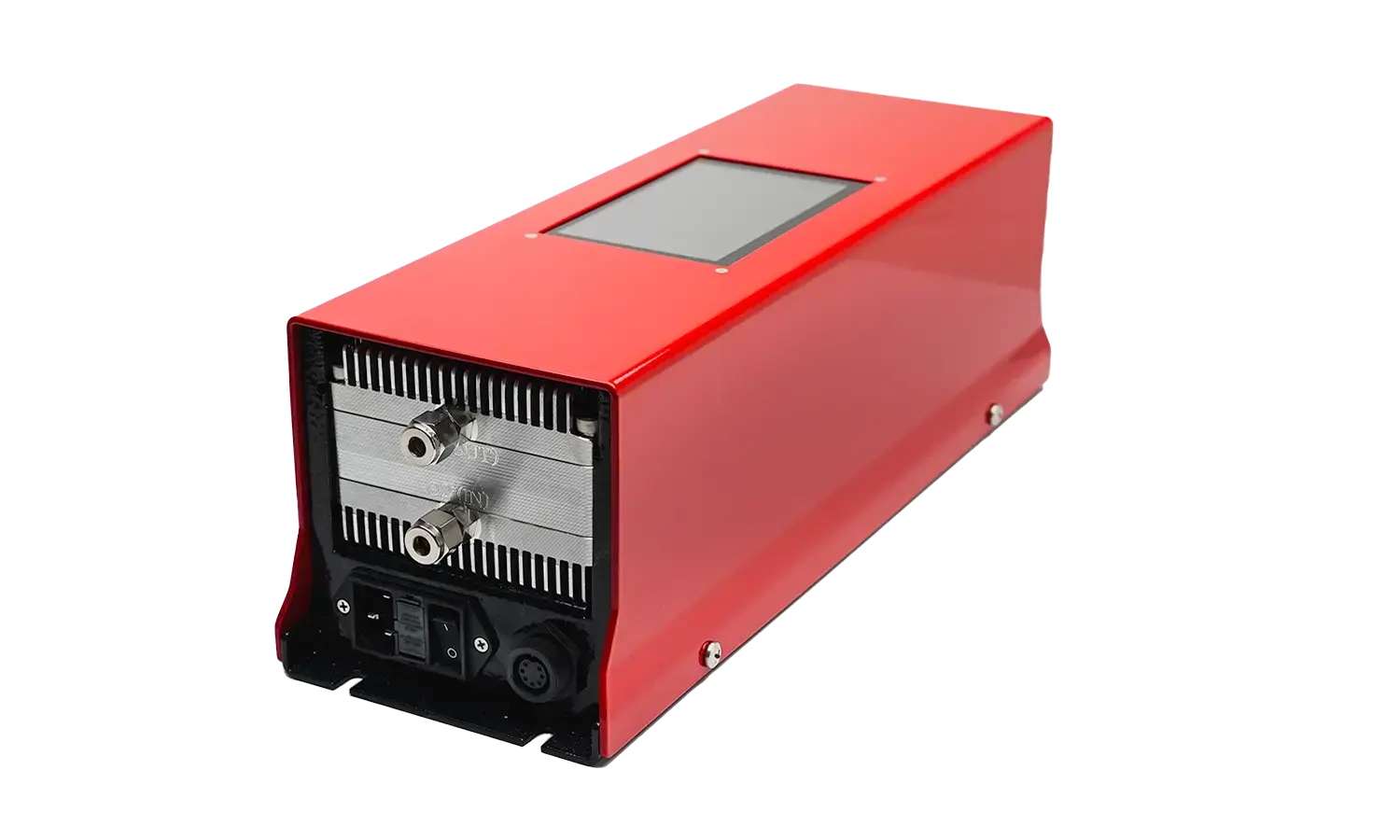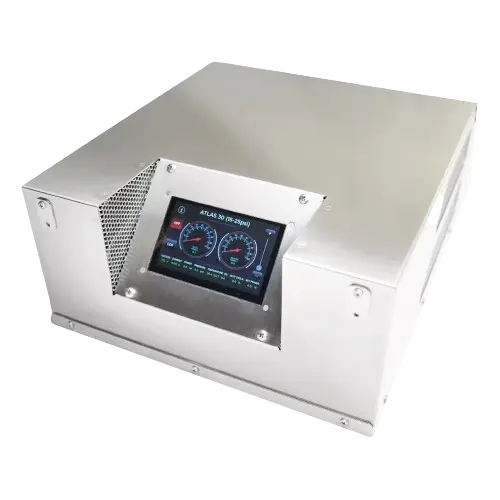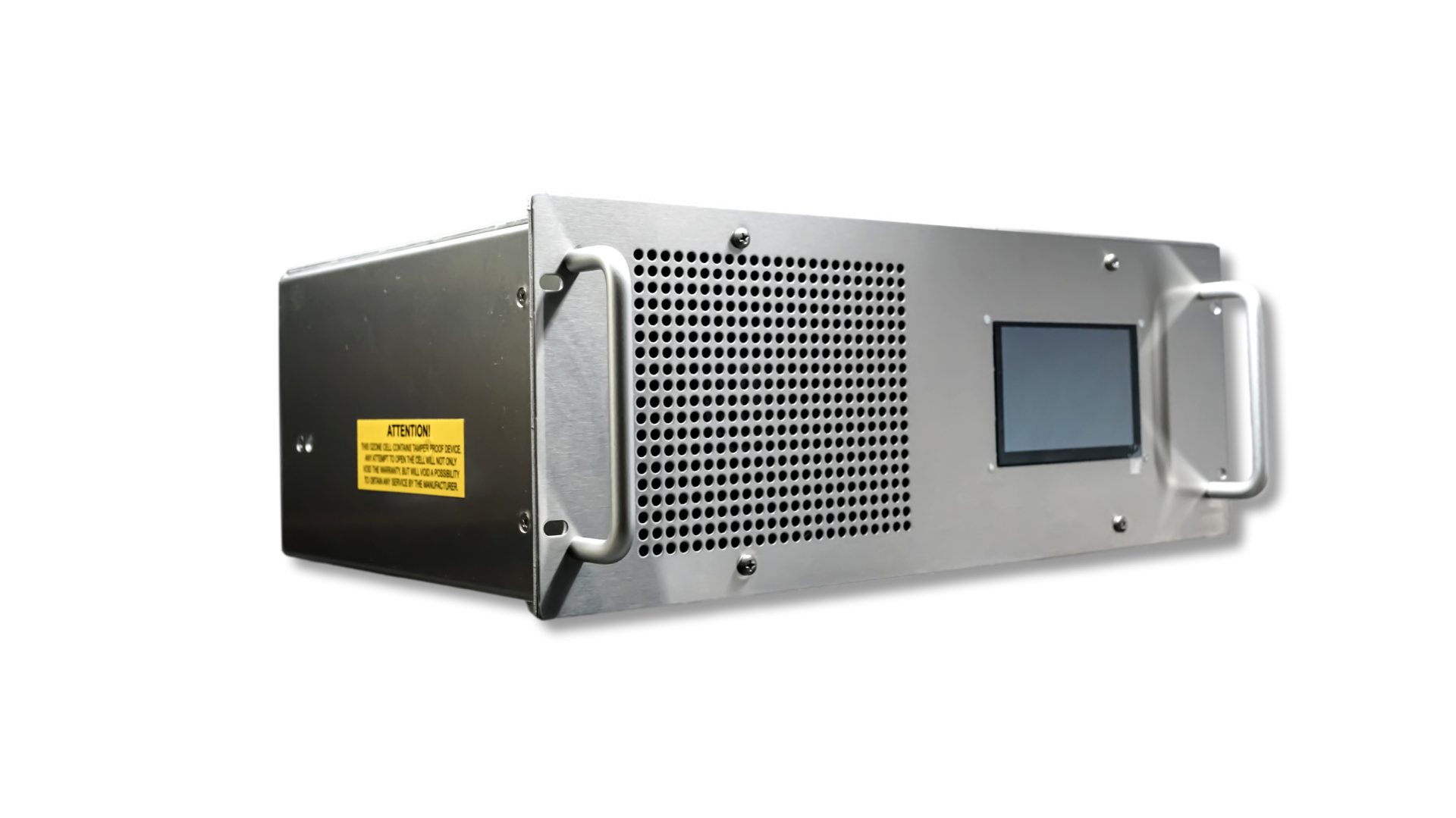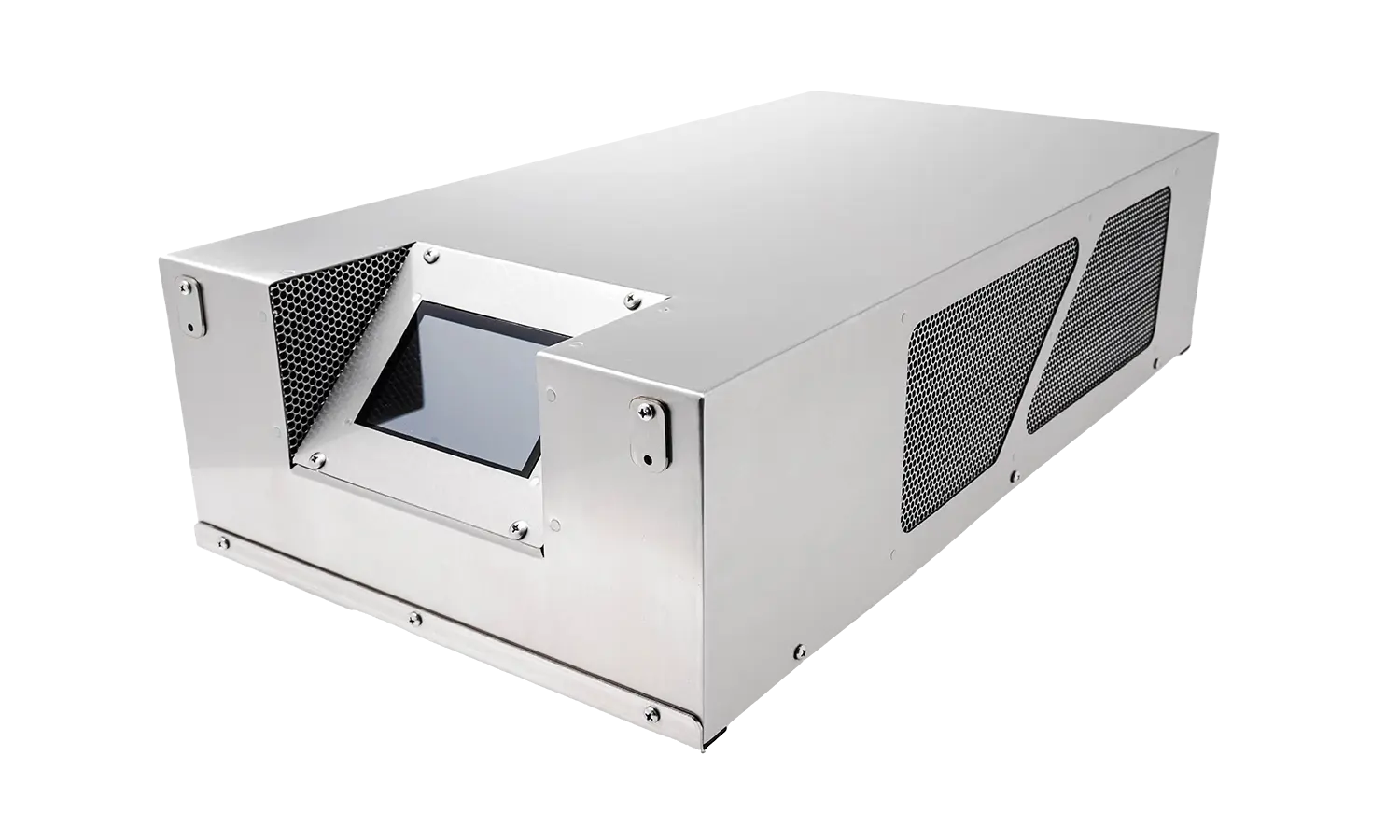Ozone Library
Half-life of Ozone
The half-life of ozone refers to the amount of time required for half of a given quantity of ozone to decay into oxygen. Ozone is an unstable gas and readily decomposes into oxygen. Therefore, the half-life of ozone is an essential factor to consider when determining its effectiveness in various applications.
Typical Gaseous Ozone (Ozone gas) Half-life time as a Function of Temperature
| Half-life time | Temp |
|---|---|
| ∼ 3 months | -50 ºC |
| ∼ 18 days | -35 ºC |
| ∼ 8 days | -25 ºC |
| ∼ 3 days | 20 ºC |
| ∼ 1.5 hours | 120 ºC |
| ∼ 1.5 seconds | 250 ºC |
Typical Dissolved in Water Ozone (PH=7) Half-life time as a Function of Temperature
| Half-life time | Temp |
|---|---|
| ∼ 30 minutes | 15 ºC |
| ∼ 20 minutes | 20 ºC |
| ∼ 15 minutes | 25 ºC |
| ∼ 12 minutes | 30 ºC |
| ∼ 8 minutes | 35 ºC |
The goal is to introduce enough ozone into the water to compensate for the ozone half-life, ensuring a consistent residual ozone concentration.
For example, suppose we’re using ozone in an aquaculture system and want to maintain a concentration of 0.4 mg/L of ozone in a 30,000-liter (30 m^3) shrimp pond.
1. Calculate the initial amount of ozone required:
Required ozone quantity (NC) = Desired concentration x Pond volume
NC = 0.4 mg/L x 30,000 L = 12,000 mg
Convert from milligrams to grams by dividing by 1,000:
Required ozone quantity (NC) = 12,000 mg / 1,000 = 12 g
So, we would need 12 grams of ozone to maintain the desired concentration in the shrimp pond.
2. Take into account that ozone degrades over time.
Let’s assume the half-life of ozone in the pond water is 0.25 hours (∼ 15 minutes at 25ºC).
To determine the amount of ozone to inject per hour for compensation, use the following formula:
Ozone quantity (NC) / Half-life (HL) = Ozone quantity (C)
Where:
– Ozone quantity (NC): The amount of ozone required to maintain the desired concentration without compensating for the half-life.
– Half-life (HL): The half-life of ozone based on water temperature and other conditions.
– Ozone quantity (C): The amount of ozone that needs to be injected to maintain the residual concentration under current water conditions.
Assuming that water conditions remain constant and the half-life of ozone is 0.25 hours (∼ 15 minutes at 25ºC), the formula would be:
12 g / 0.25 h = 48 g
We would need to inject 48 grams of ozone per hour (four times more) to compensate for the degradation and maintain a concentration of 0.4 mg/L in the shrimp pond.
Please note that it’s essential to recognize that not all the ozone generated can be fully dissolved in the water. To achieve the 48 grams of ozone injection per hour, you may need to invest in a high-concentration ozone generator, such as the Atlas 60, capable of dissolving more than 80% of the produced ozone.
CHANGES IN OZONE OVER TIME
1. General equation
The equation that describes the temporal evolution of the ozone concentration has the following form:
dn/dt = −kn² + q (1)
Where t is the time, k is the reaction rate constant, which is independent of concentration but probably, depends on the temperature, and n is the concentration (number of the molecules per unit volume):
n= (M /μV)* NA (2)
μ is the molar weight of ozone, M is the mass of ozone inside the volume, V, in a given moment, NA is the Avogadro number
In Eq.(1), is the number of molecules delivered per unit of time into the volume and calculated per unit volume:
q= (m/μV) NA (3)
Where m is the mass of ozone delivered into volume, V, per unit of time.
2. Closed volume
Consider the case of q = 0. For such a case, integration of Eq. (1) yields
n= (no/1+no k t) (4)
where is the initial concentration. Using (2):
no = (Mo/ μV)* NA (5)
Where M0 is the initial mass of ozone. Eq.(4) can be rewritten as
n= no/ (1 + t / τ) (6)
where we introduced the time scale parameter τ: when t =τ, the concentration of molecules (and the mass of ozone, for a given volume) decreases by a factor of two. See Eq.(6). Comparing Eqs. (4) and (6) one obtains:
τ= 1 / no k (7)
Since k is independent of the concentration, we arrive at an important conclusion: the parameter τ depends on the initial concentration and, for a given volume and pressure, on the initial mass, M0.
τ= (μ / (NA Mo k) = k1 / Mo (8)
3. Stationary regime
Inspecting Eq.(1), one can conclude that the concentration does not change when
q = kn² (9)
When Eq.(9) is satisfied, the rate of concentration changes, dn/dt, becomes zero, see Eq.(1). Realizing that the concentration is maintained to be constant in time, i.e., and using Eqs. (7) we obtain from (9) that
q = no / τ (10)
Using Eqs. (3) and (5) one can rewrite (10) in terms of mass
m = Mo / τ (11)
Thus, to maintain a given mass of ozone, M0, within a fixed volume at a given temperature, one should deliver ozone with the rate (mass per unit time) provided by Eq.(11). The time scale parameter τ on the right-hand side of (11) is determined from an independent experiment.





